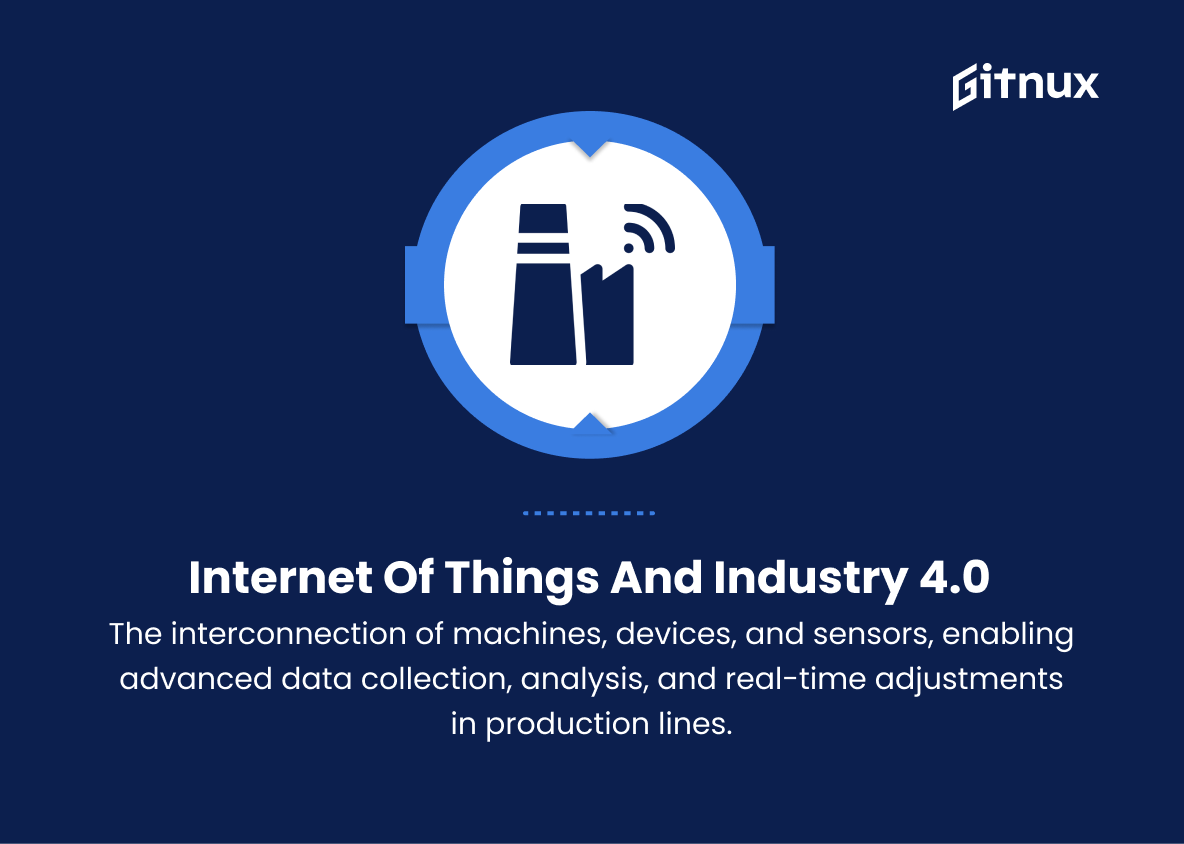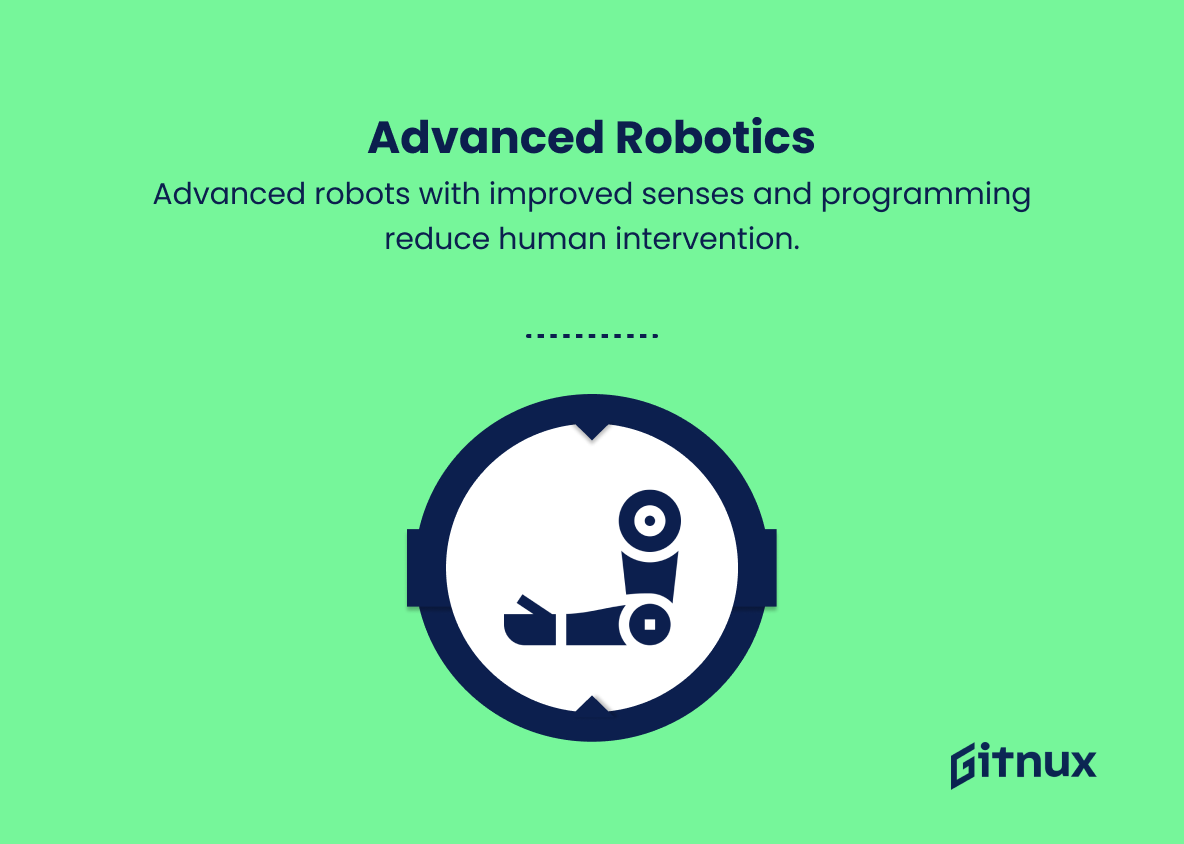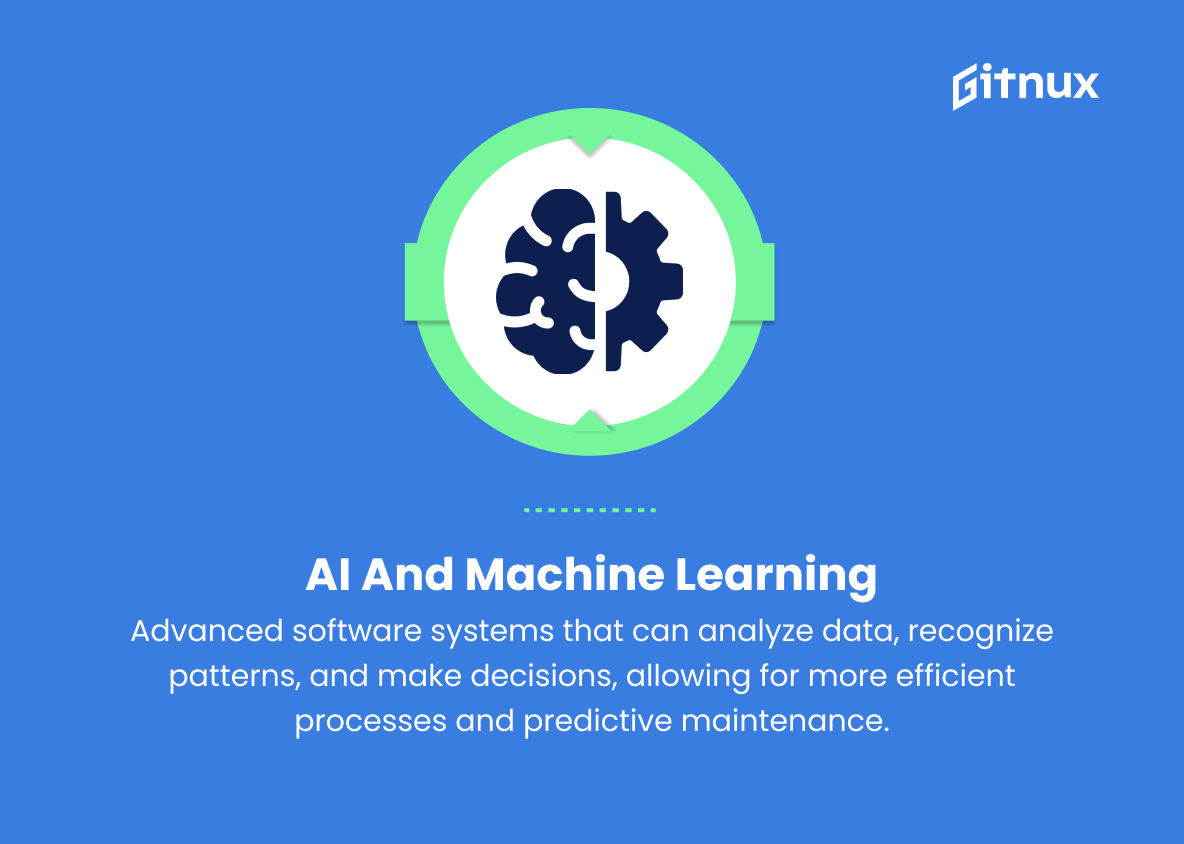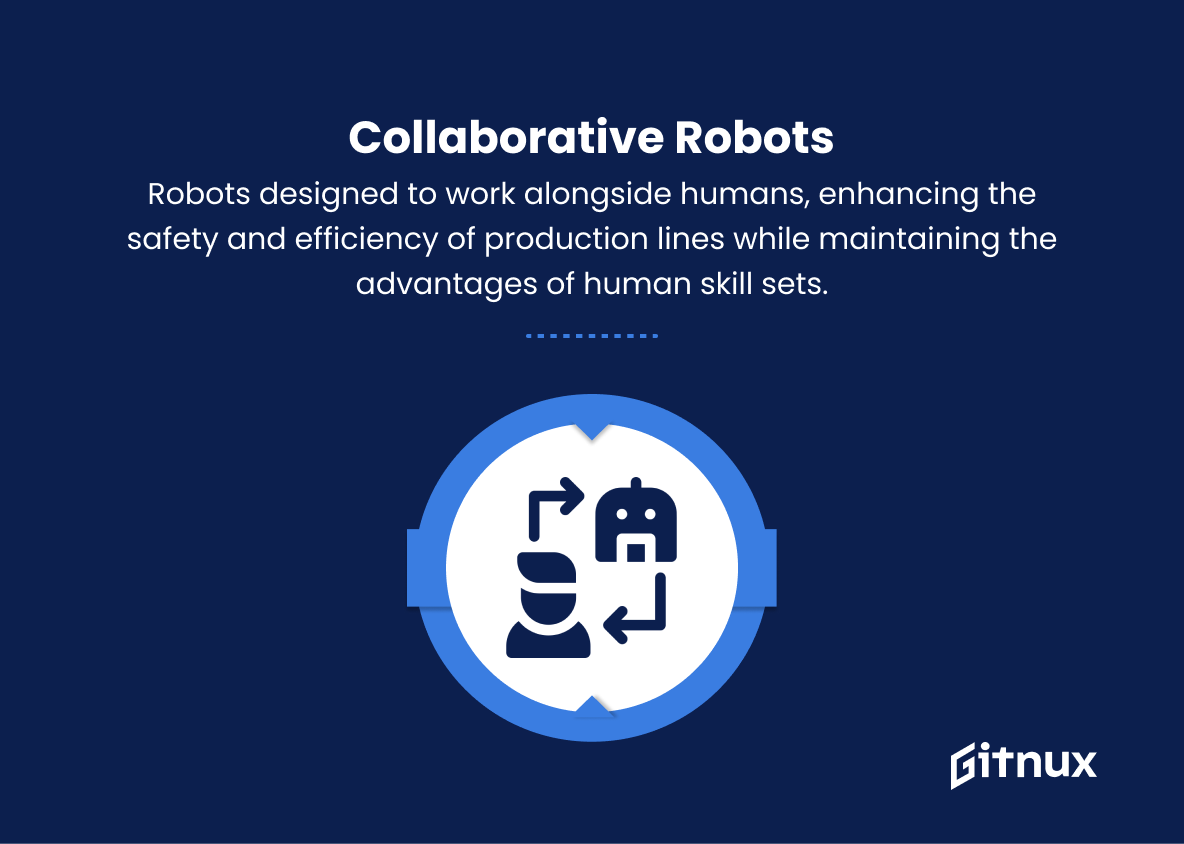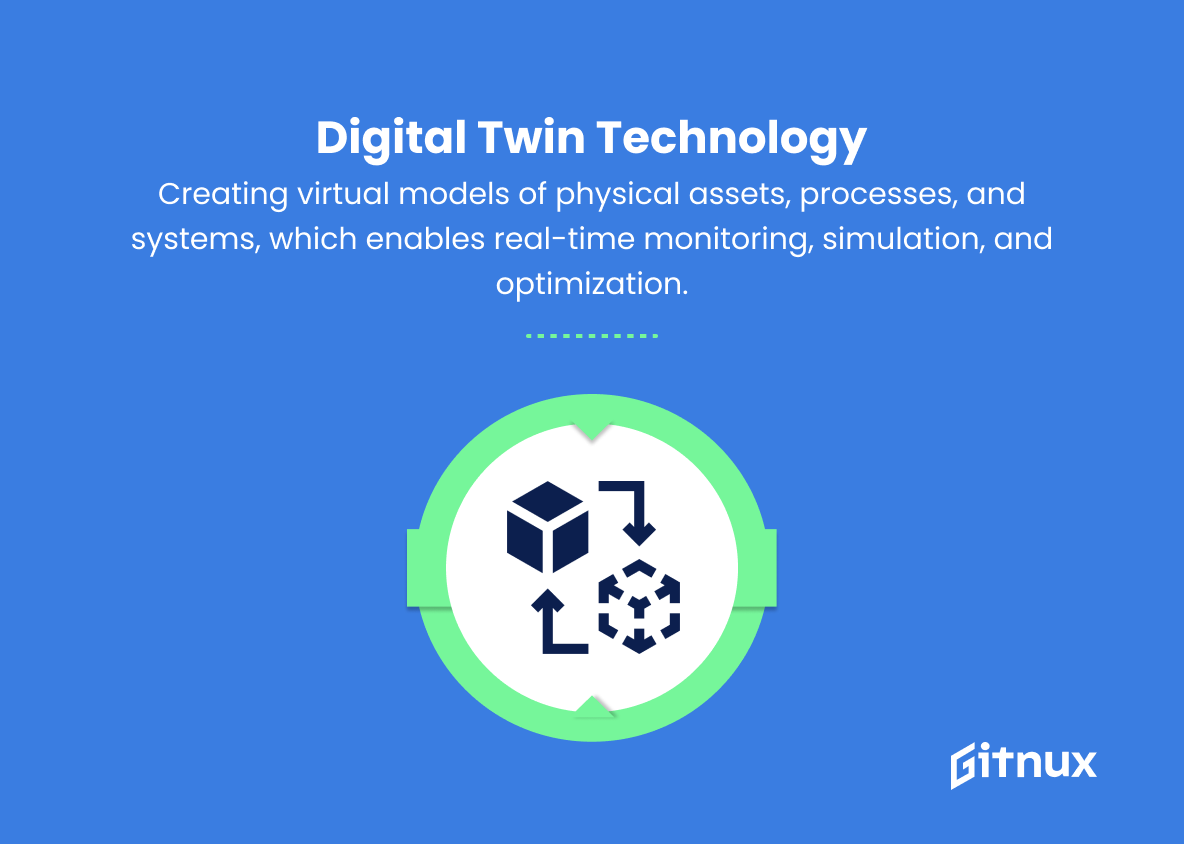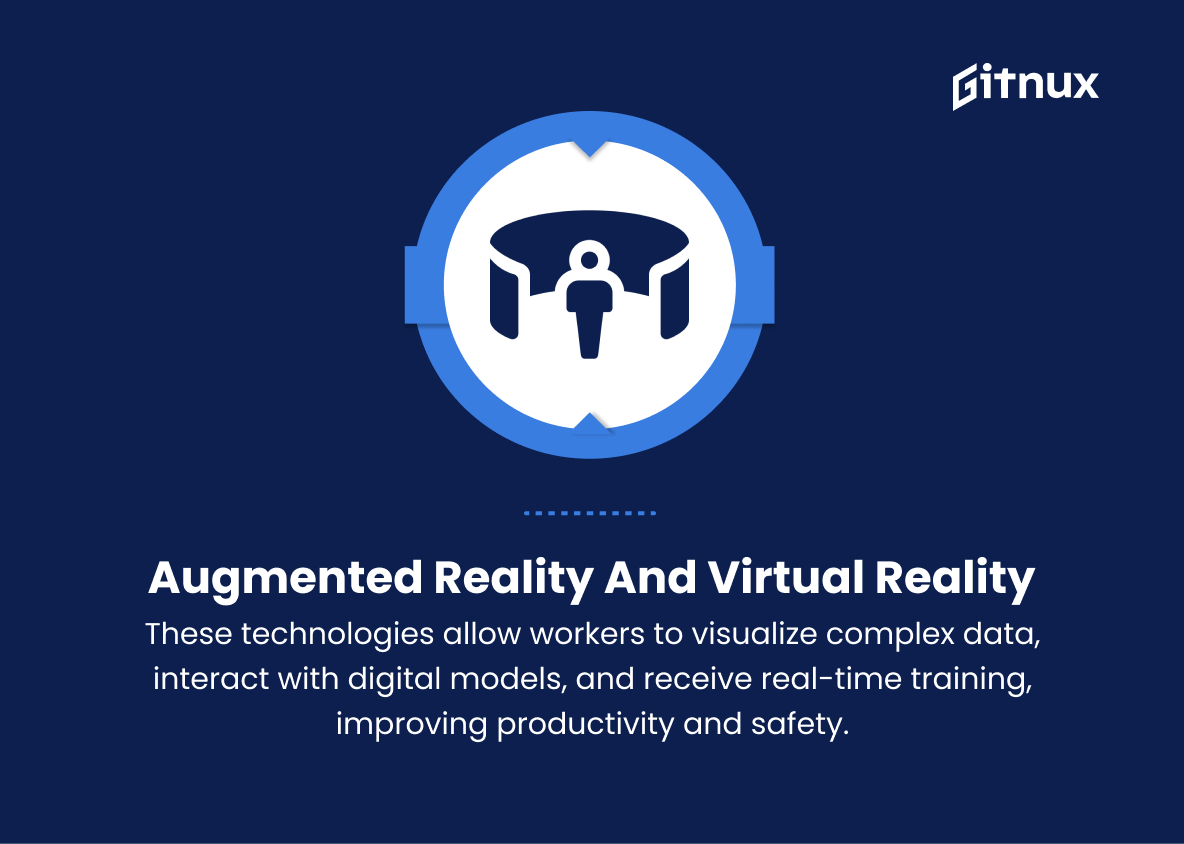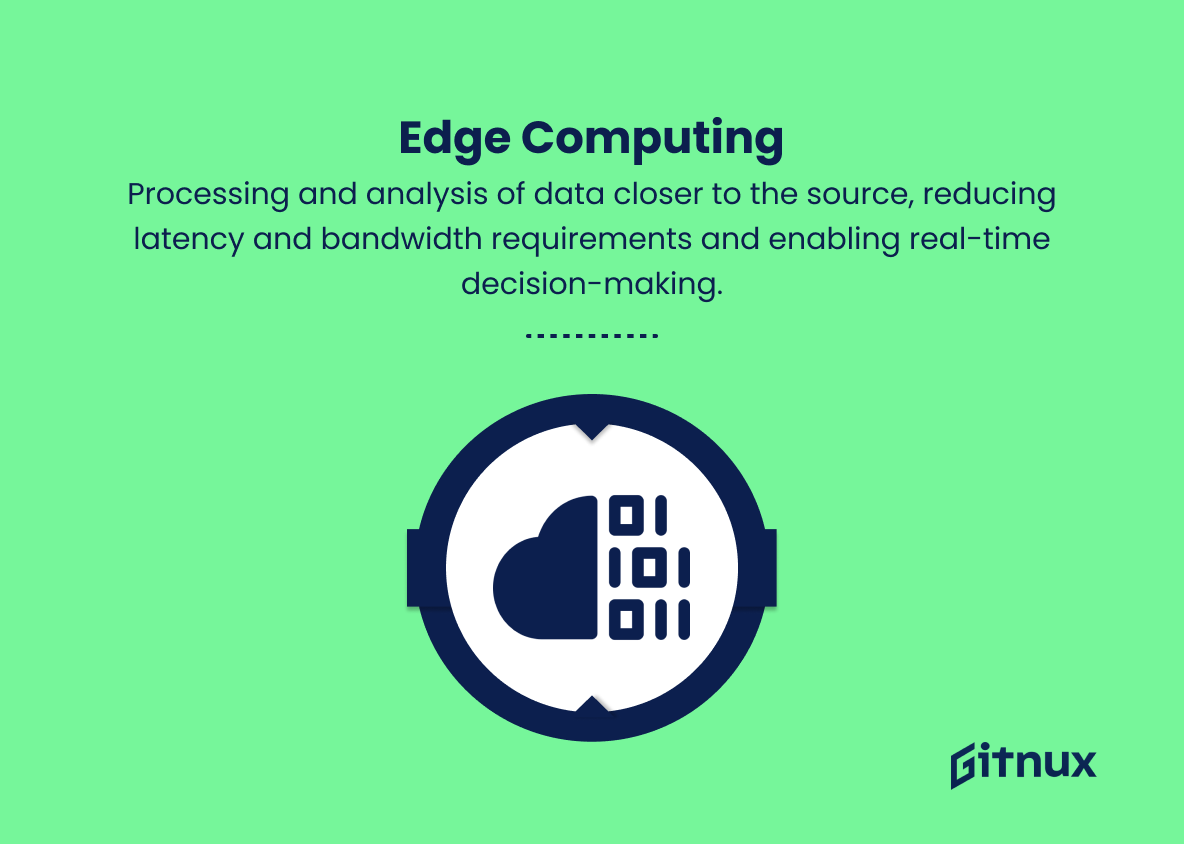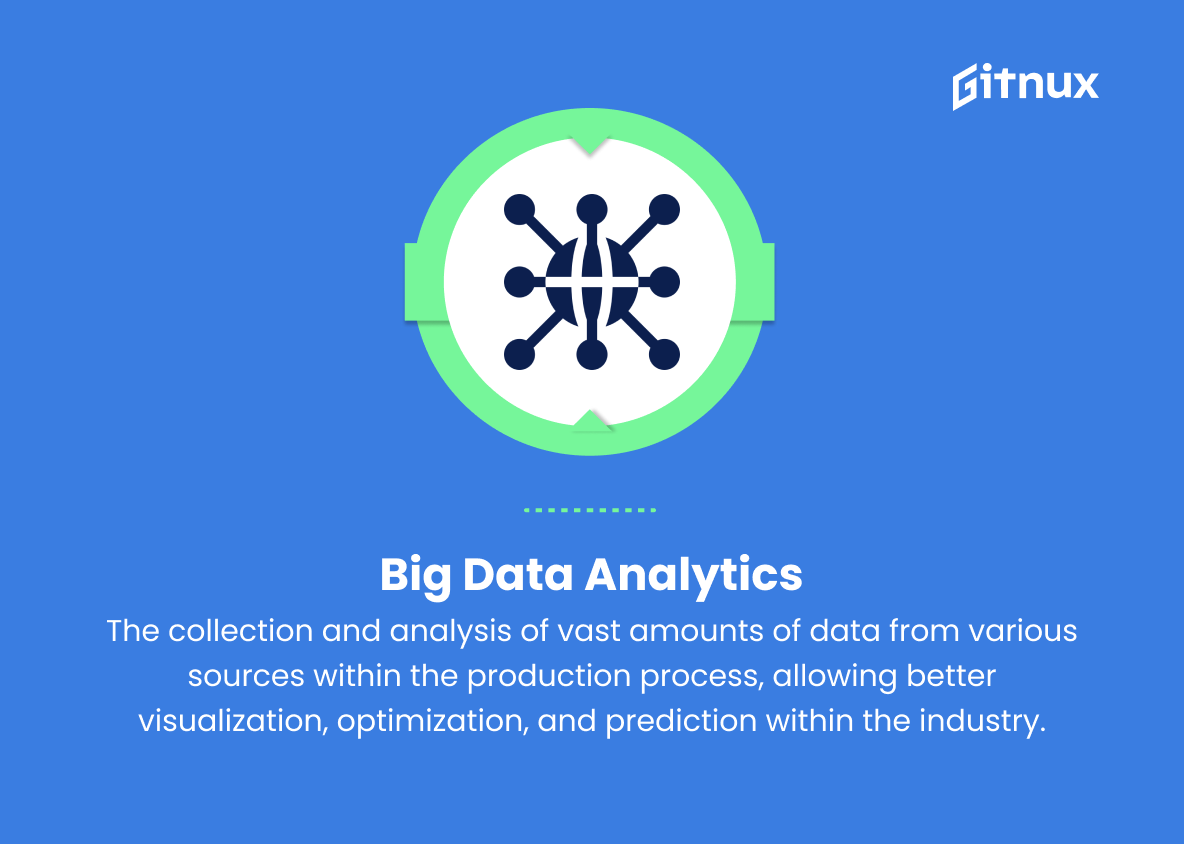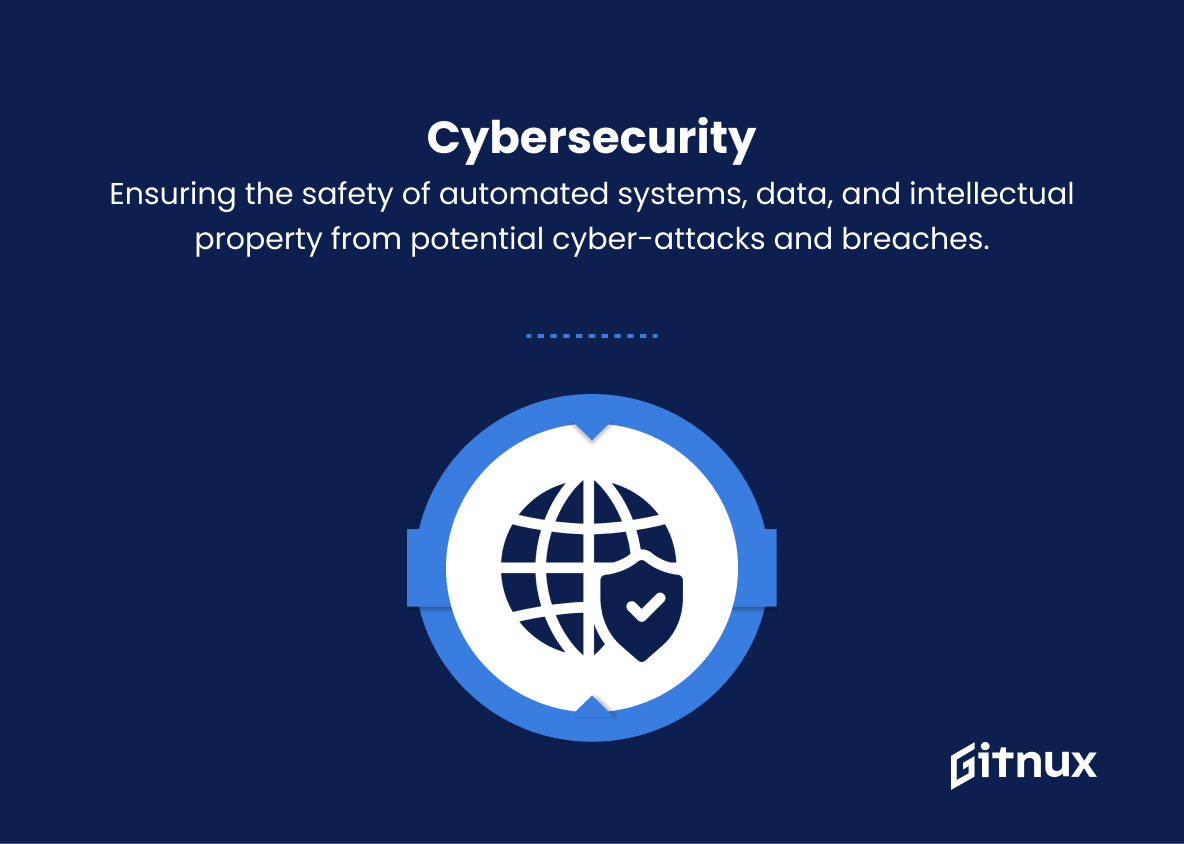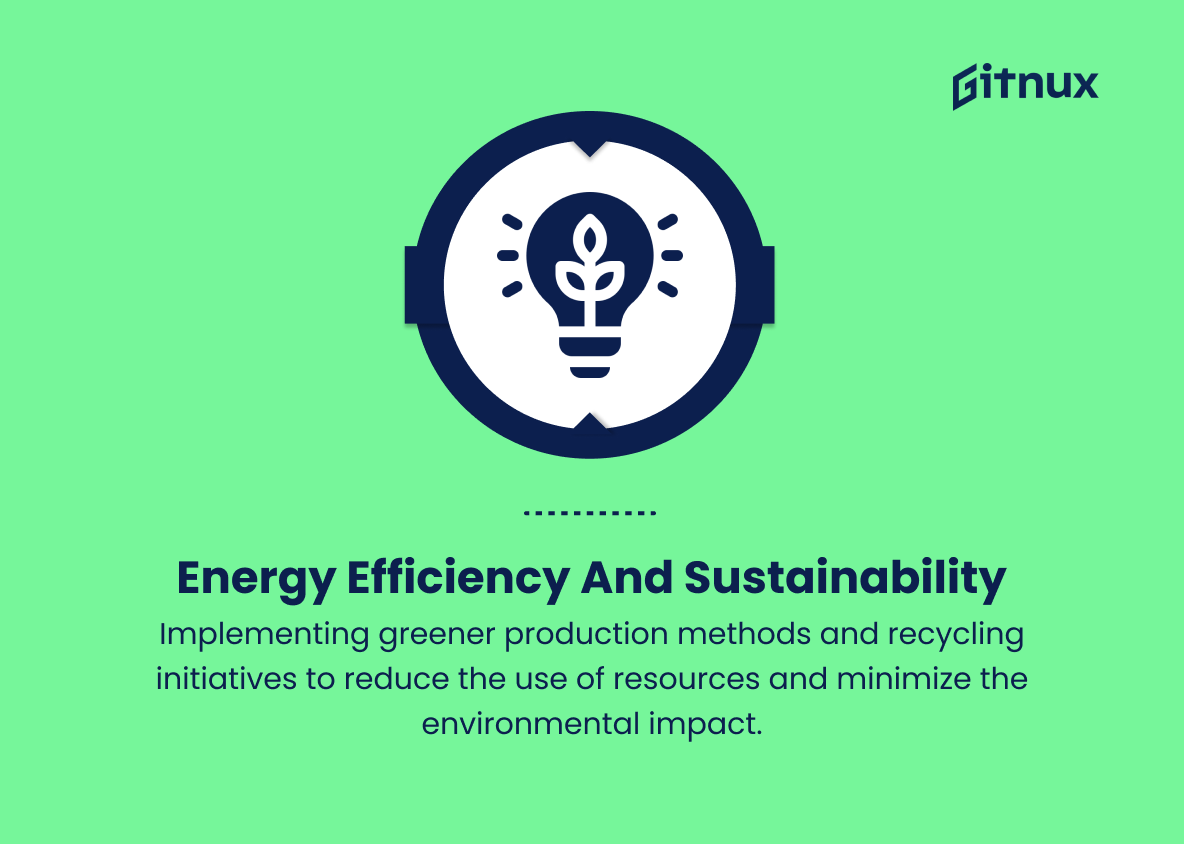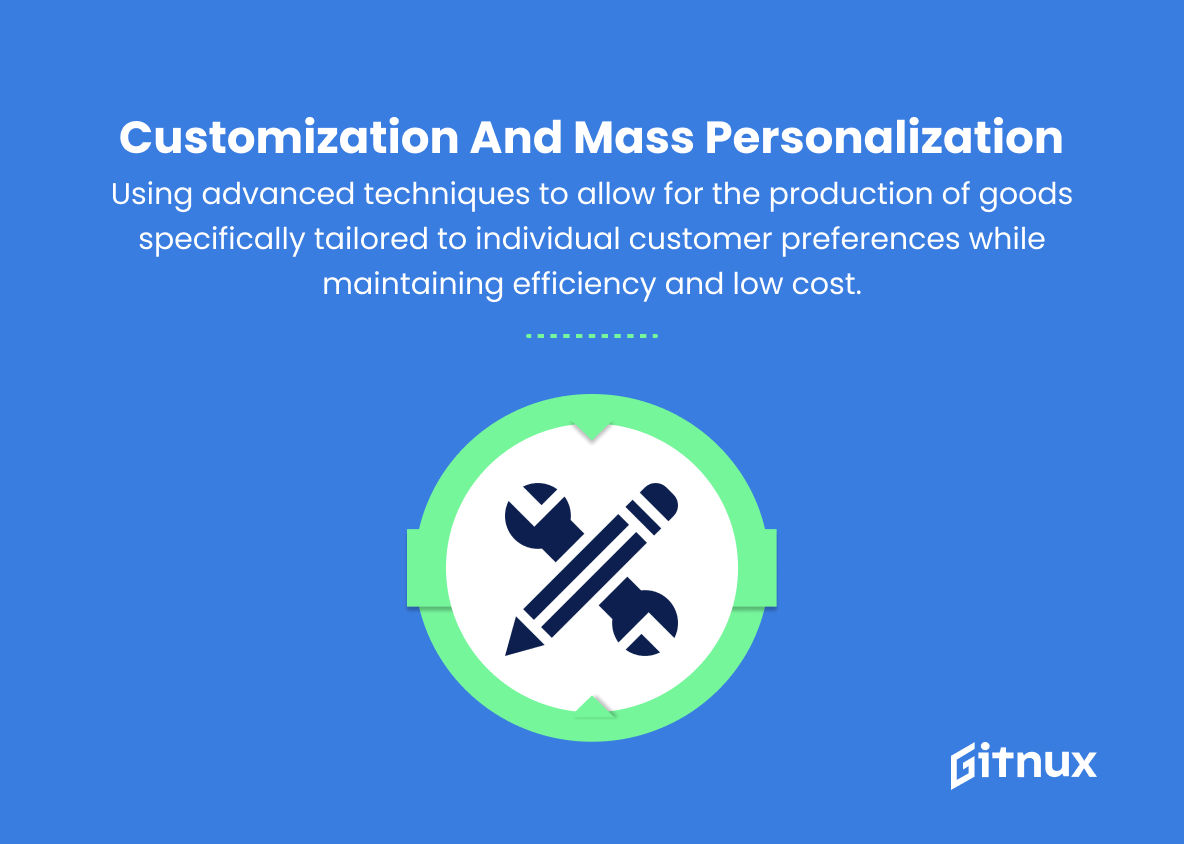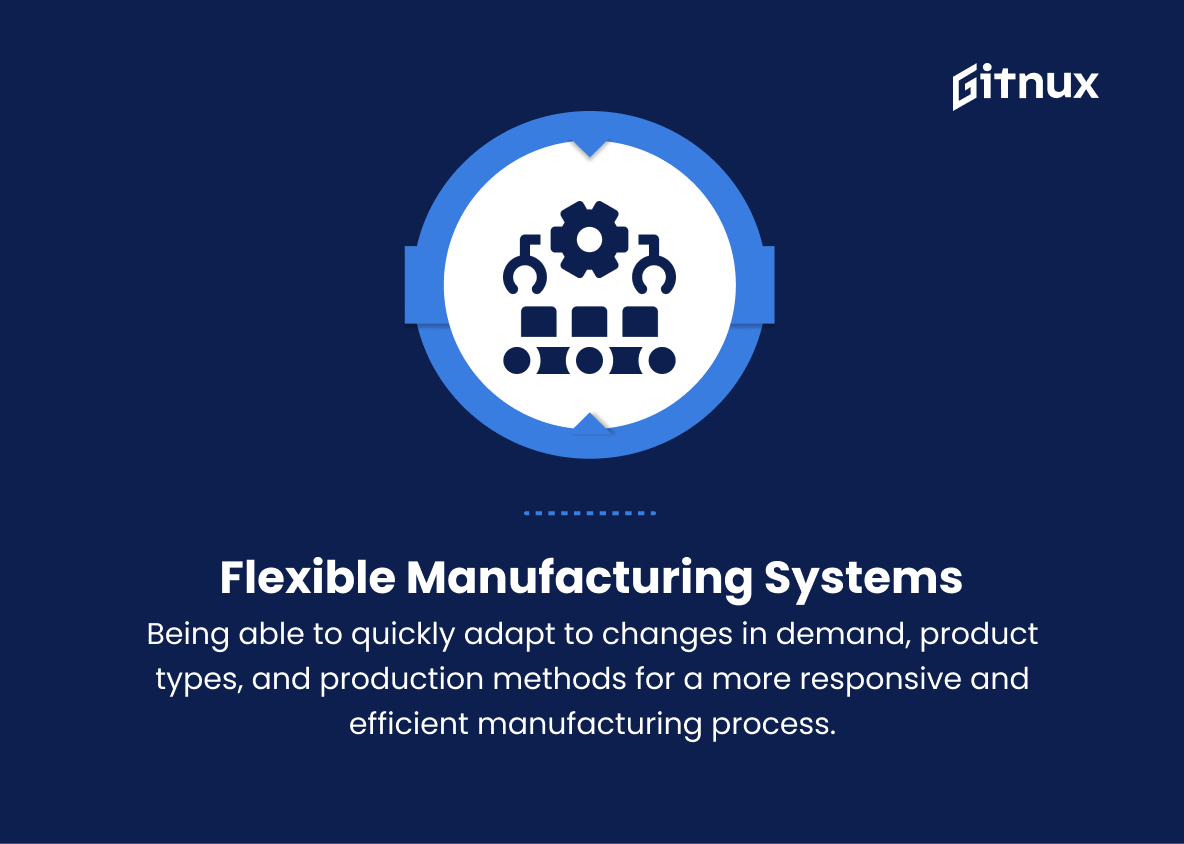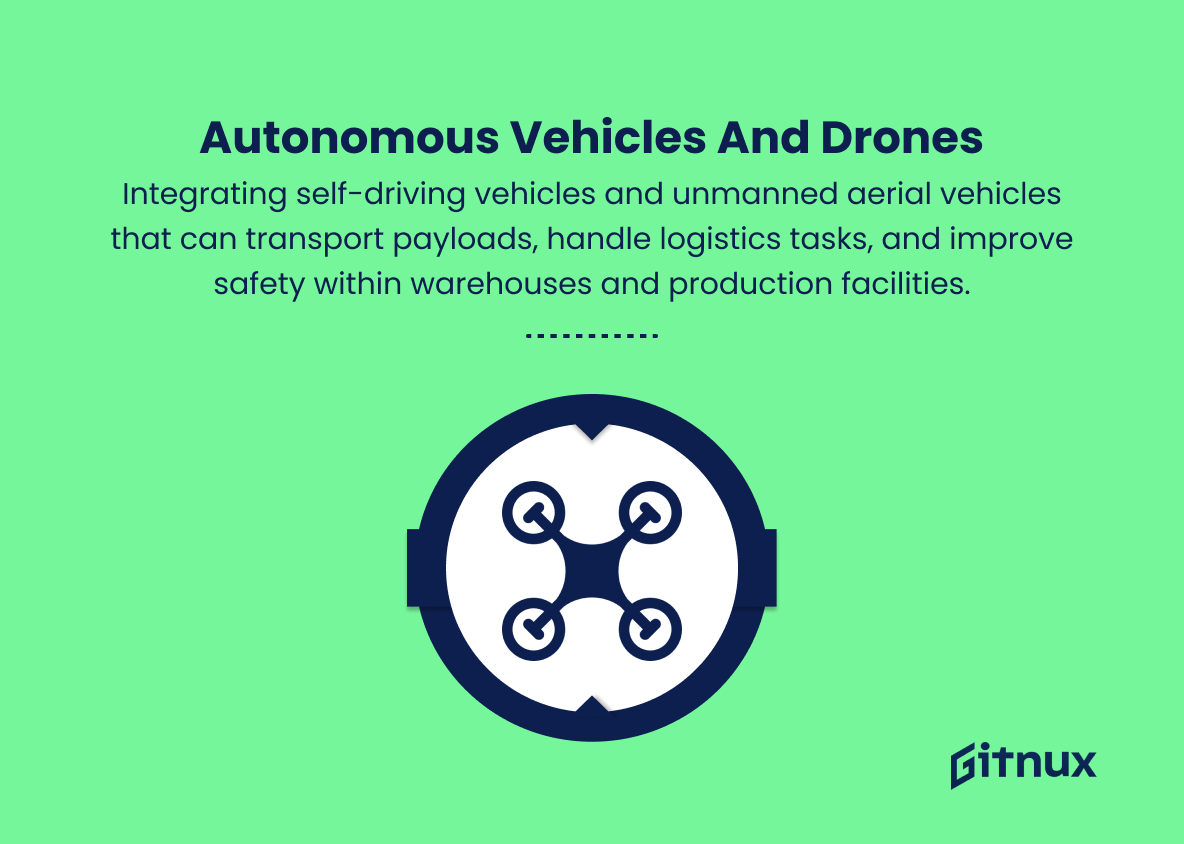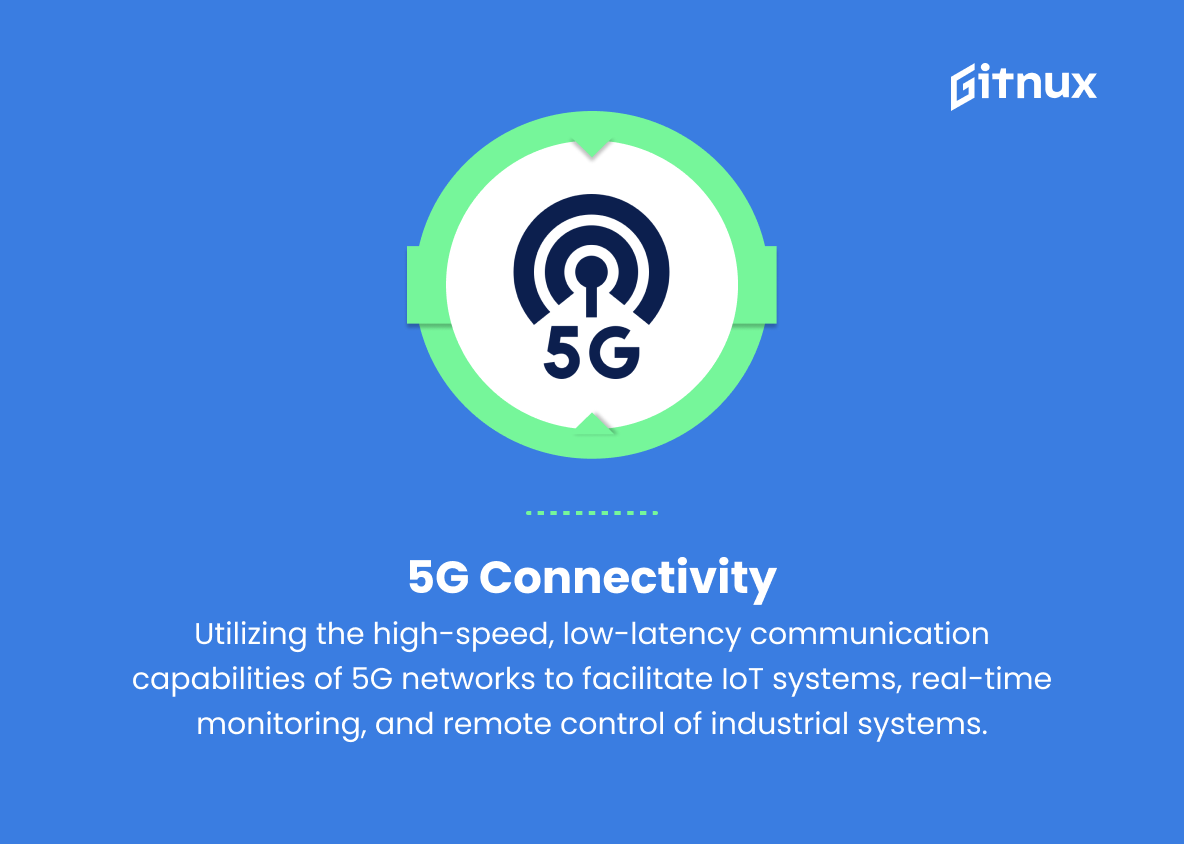In an era marked by rapid technological advancements and an increased concern for efficiency, industrial automation has emerged as a key player driving productivity and innovation. As both a catalyst for global economic growth and a reflection of human progress, industrial automation has become an essential component to the modern industrial landscape. In this comprehensive blog post, we will delve into the latest trends shaping the future of industrial automation, shedding light on groundbreaking innovations, evolving challenges, and the potential impact on a multitude of industries. Join us as we explore the cutting-edge developments in robotics, artificial intelligence, and connected systems that are poised to redefine the way we approach manufacturing, logistics, and beyond.
Top Industrial Automation Trends
1. Internet of Things (IoT) and Industry 4.0
The interconnection of machines, devices, and sensors, enabling advanced data collection, analysis, and real-time adjustments in production lines.
2. Advanced robotics
The development and implementation of more sophisticated robots with improved sensing capabilities, dexterity, and programming, which allows them to perform a wider range of tasks and reduce human intervention.
3. Artificial intelligence (AI) and machine learning
Advanced software systems that can analyze data, recognize patterns, and make decisions, allowing for more efficient processes and predictive maintenance.
4. Collaborative robots (cobots)
Robots designed to work alongside humans, enhancing the safety and efficiency of production lines while maintaining the advantages of human skill sets.
5. Additive manufacturing
Also known as 3D printing, it enables the creation of complex components and products with reduced waste and increased efficiency.
6. Digital twin technology
Creating virtual models of physical assets, processes, and systems, which enables real-time monitoring, simulation, and optimization.
7. Augmented reality (AR) and virtual reality (VR)
These technologies allow workers to visualize complex data, interact with digital models, and receive real-time training, improving productivity and safety.
8. Edge computing
Processing and analysis of data closer to the source, reducing latency and bandwidth requirements and enabling real-time decision-making.
9. Big data analytics
The collection and analysis of vast amounts of data from various sources within the production process, allowing better visualization, optimization, and prediction within the industry.
10. Cybersecurity
Ensuring the safety of automated systems, data, and intellectual property from potential cyber-attacks and breaches.
11. Energy efficiency and sustainability
Implementing greener production methods and recycling initiatives to reduce the use of resources and minimize the environmental impact.
12. Customization and mass personalization
Using advanced techniques to allow for the production of goods specifically tailored to individual customer preferences while maintaining efficiency and low cost.
13. Flexible manufacturing systems
Being able to quickly adapt to changes in demand, product types, and production methods for a more responsive and efficient manufacturing process.
14. Autonomous vehicles and drones
Integrating self-driving vehicles and unmanned aerial vehicles that can transport payloads, handle logistics tasks, and improve safety within warehouses and production facilities.
15. 5G connectivity
Utilizing the high-speed, low-latency communication capabilities of 5G networks to facilitate IoT systems, real-time monitoring, and remote control of industrial systems.
Implications
The rapid evolution and integration of the industrial automation trends, such as Internet of Things (IoT), Industry 4.0, advanced robotics, artificial intelligence (AI), machine learning, collaborative robots (cobots), additive manufacturing, digital twin technology, augmented reality (AR), virtual reality (VR), edge computing, big data analytics, cybersecurity, energy efficiency, customization, mass personalization, flexible manufacturing systems, autonomous vehicles, drones, and 5G connectivity, are profoundly reshaping traditional manufacturing and production lines. These trends are streamlining processes, enhancing efficiency, optimizing energy usage, and enabling mass customization while prioritizing safety and sustainability.
By harnessing the power of advanced technologies, industries are now better equipped to monitor, analyze, simulate, and predict changes in production processes, swiftly respond to fluctuations in demand, and ensure robust cybersecurity measures. Furthermore, the implementation of environmentally friendly practices serves to minimize the negative impact of industry on our planet. In conclusion, these industrial automation trends are gradually transforming the manufacturing landscape, paving the way for a more efficient, data-driven, and sustainable future.
Conclusion
As we wrap up our discussion on Industrial Automation Trends, it is evident that the fusion of cutting-edge technologies, such as IoT, AI, machine learning, and robotics, are transforming the landscape of industrial processes. These advancements not only boost productivity and efficiency but also ensure increased safety and sustainability. It is essential for businesses to understand and adapt to these trends in order to maintain their competitive edge in an ever-evolving global market. By embracing industrial automation, companies are not only investing in their present but also securing their future in the rapidly advancing world of technology. The future of industrial automation promises remarkable breakthroughs, and the success of industries will depend on their ability to stay relevant in this exciting new era.
